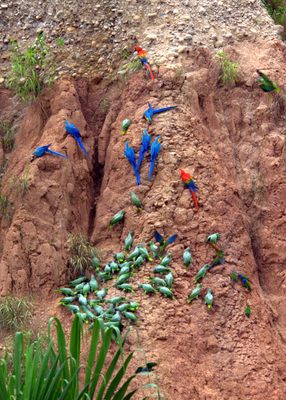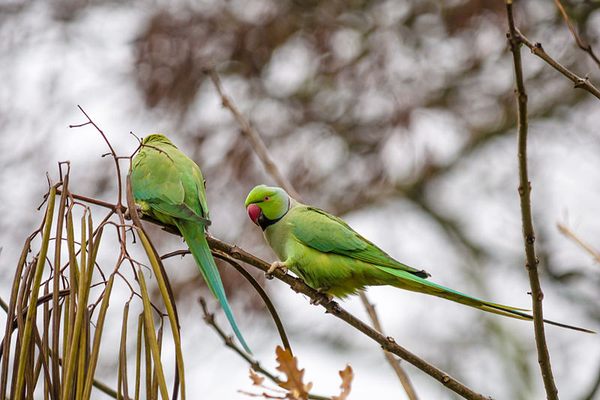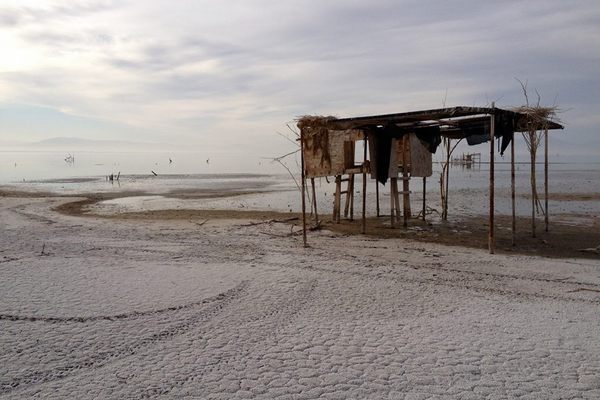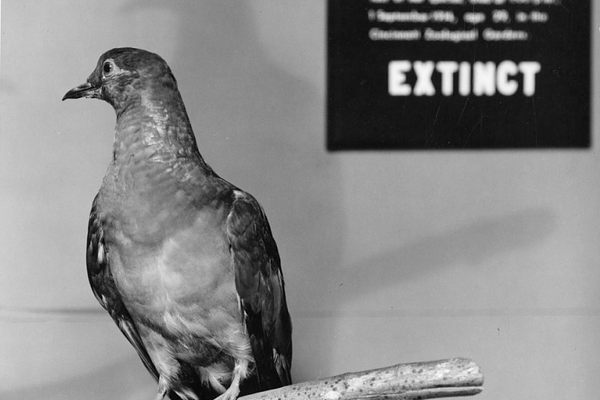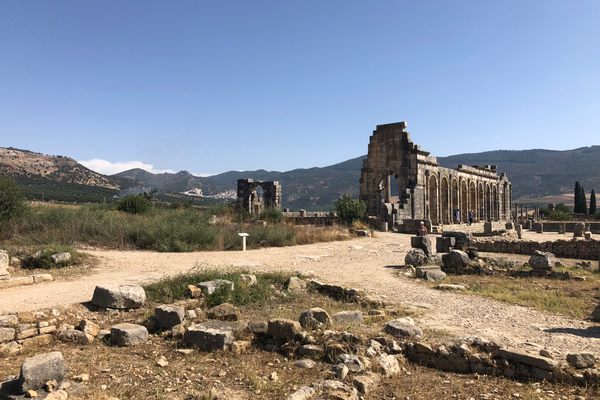About
Clay licks are steep walls of red clay caused by erosion along riverbanks. The name comes from the animals they attract: parrots who flock there by the hundreds to eat the clay every morning.
Scientists don't know exactly why parrots do this, but they suspect it has to do with mineral deficiencies. Whatever the case, the birds' strange habit provides human visitors to the Tambopata National Reserve a rare chance to see this many exotic parrots up close and personal. The clay lick here is the largest in the world, meaning that it provides birdwatchers with the chance to see more of the colorful parrots than anywhere else.
The bright reds and blues of the parrots' feathers stand out against the muddy wall. The birds are mostly macaws, though smaller parrots and mealies of all sorts group at the clay lick as well. The sound of flapping wings and screeching birds is apparently deafening, which only adds to the view.
Related Tags
Peru: Machu Picchu & the Last Incan Bridges
Discover Inca Wonders.
Book NowCommunity Contributors
Added By
Published
January 16, 2017
Sources
- http://www.gotambopata.com/en/places-to-visit/macaw-parrot-clay-licks/
- https://www.tripadvisor.com/Attraction_Review-g488184-d1444024-Reviews-Chuncho_Macaw_Clay_Lick-Tambopata_National_Reserve_Madre_de_Dios_Region.html
- http://tambopatahostel.com/blog/2015/09/21/chuncho-clay-lick-tambopata-tours/
- http://www.perunature.com/jungle_activities/macaw-clay-lick/

